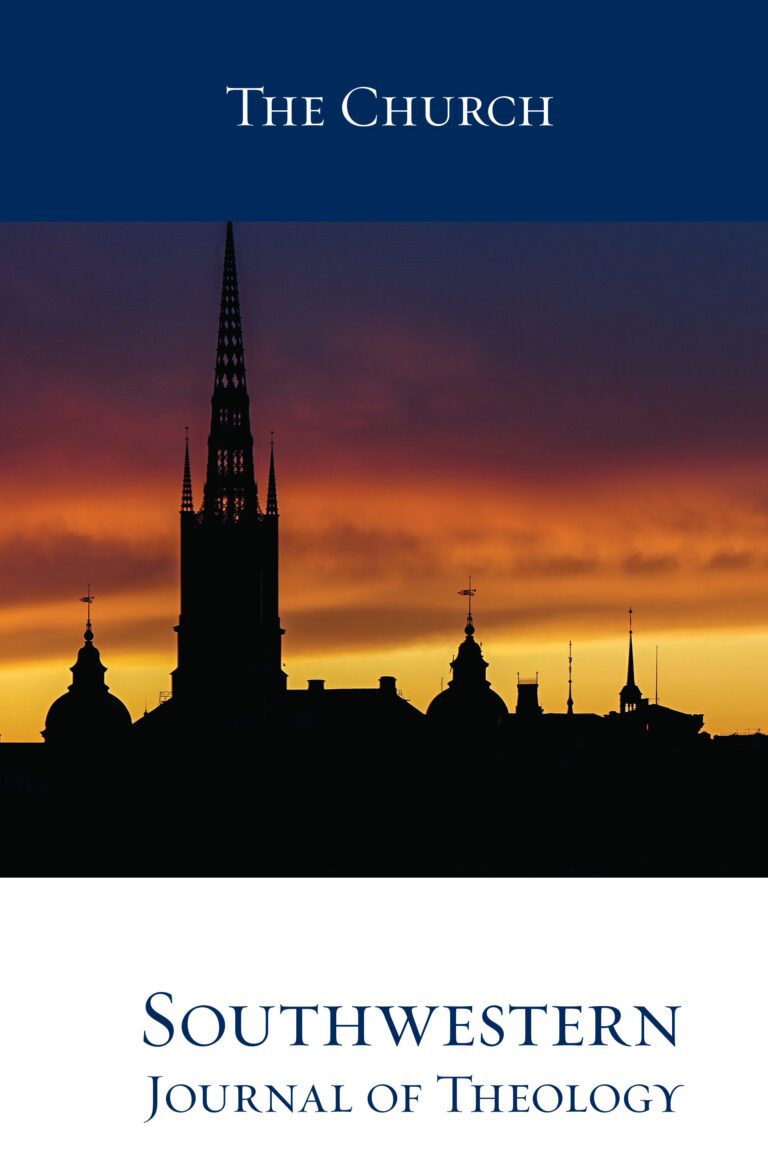
The Church
Southwestern Journal of Theology
Volume 61, No. 1 – Fall 2018
Editor: W. Madison Grace II
By David L. Mathewson. Baylor Handbook on the Greek New Testament. Waco: Baylor University Press, 2016. Paperback, $34.95.
David Mathewson, Associate Professor of New Testament at Denver Seminary, has written important works on the book of Revelation. A New Heaven and a New Earth: The Meaning and Function of the Old Testament in Revelation 21:1–22:5 is his published dissertation (2003). He has also written Verbal Aspect in the Book of Revelation: The Function of Greek Verb Tenses in John’s Apocalypse (2010). These helpful works show that two of his areas of focus are upon the use of the Old Testament in Revelation and upon the Greek of Revelation.
It is difficult to know how to review one of these handbooks in the Baylor Handbook series. It may be useful for the reader to know that these handbooks are something that Greek students, pastors, and teachers of the New Testament have long desired to have in their possession. They provide far greater assistance than previous resources, like A.T. Robertson’s Word Pictures. Each handbook in this series provides a guide to understanding the Greek grammar and syntax of an entire New Testament book. Revelation is known for having some odd grammatical constructions that defy the ordinary conventions of Greek grammar. Mathewson provides invaluable assistance for anyone who needs help with these difficult constructions. More importantly, he will help anyone with some Greek knowledge to come to understand the more straightforward Greek that characterizes the majority of the book.
I came across Mathewson during the last year of my work on a commentary on Revelation. As I was trying to complete my translation of the book and check it for accuracy, I found Mathewson’s work to be insightful and useful on passage after passage. In the introduction, he provides helpful clarification regarding how he will discuss Revelation’s Greek verbs in relation to verbal aspect (xxv–xxviii).
In terms of possible changes or additions that could improve the book’s usefulness, I did note some instances where further clarification or simplification would have been beneficial for many Greek students. For example, there is a difficult relative clause in Revelation 20:4 that begins with hoitines. In his explanation, Mathewson covers some of the options for understanding the relative clause (275–76) but does not point out that it is a relative clause, which could modify a noun or act as a noun (a substantival clause). That kind of information would help most Greek students and pastors to understand his discussion a bit better. Also, Mathewson makes many informative comments about verbal aspect, but his translation of Revelation may or may not draw attention to instances of imperfective aspect. For example, he translates Revelation 3:20 as “I stand at the door and knock,” where his comments on the verse might lead one to expect “I am standing at the door and knocking” (52). Of course, these are small points that do not take away from the superb work that Mathewson has done. If you want to study or preach the book of Revelation, this book is a goldmine worthy of careful consultation.





